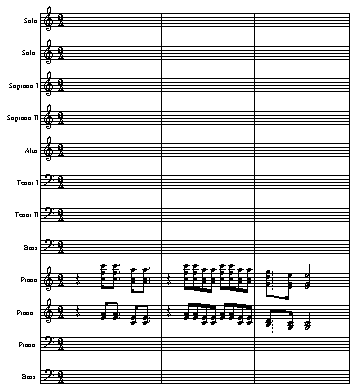


The musical tradition that is of “inestimable value” is surely growing to include not only ancient monody and the European Christian miracle of logogenic polyphony, but rhythmic patterns, melodic modes and formal structures and processes from people of faith everywhere. Regardless of the detail of musical styles, we in the developed North and West are likely to be challenged and blessed for the rest of our natural lives by the missionary tide flowing back in our direction from the Church of the so-called “two-thirds” world.

#Ariel ramirez la misa criolla completa full#
The Ramirez Mass, composed just after Vatican II, could be seen as a positive expression of the full flowering of faith in Latin America, poised to re-evangelize the Old World. It belongs to the story of the Church in Europe evangelizing the Americas. The musical tradition of the Jesuit missions and the reductiones are indeed a special part of American religious history, a tradition that is both beautiful and tragic. I find myself appreciating it in the same way that I do the Vaughan Williams “Mass in G,” which seems to seek a Catholic ethos in an indigenously English modality. His European training and craft permeates the composition, tempering and weaving together elements of style that are both pan-American and “creole,” that unique fusion of New- and Old-World cultures and peoples. But Ariel Ramirez was a serious composer of art music, incorporating into his music folkloric elements of the entire South American continent. “Of and for the people,” in a sense, yes.


 0 kommentar(er)
0 kommentar(er)
